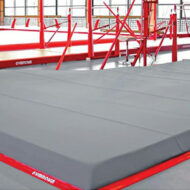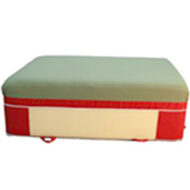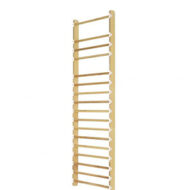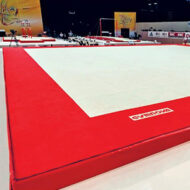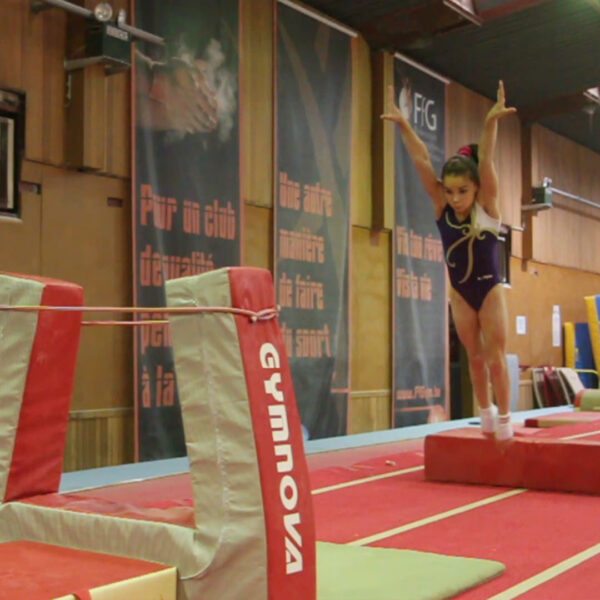The Yurchenko Part 1
Prerequisites - Learning exercises and spotting techniques



Angelo Ritorto
The Yurchenko Part 1
Prerequisites - Learning exercises and spotting techniques
description
In this first part of our training on the Yurchenko on vault, you'll find three sections.
The first is on the 5 prerequisites for the movement. This will show you what criteria you need to look for in your gymnasts to be able to tackle this vault.
In the next video on teaching methodology, you'll be able to look at more than 80 exercises to learn, in practical terms, how to teach this vault.
In particular, we'll look at:
- How to give the round-off the right context for a rebound off the springboard
- How to get the gymnast to dive backward to place her hands on the vaulting table.
We'll also give you a series of exercises for learning the second flight with a tucked salto.
At the end of the chapter, you'll find a set of exercises on the vault runway, with advice on progressing from the pit to a hard landing.
Finally, in the video on spotting, we'll go through 4 situations in which the coach needs to know what they're doing.
We'll switch between regular camera views and the view from the spotting perspective so that you have the best understanding of the movements involved.
We hope that this training will be a great boost to your knowledge on this apparatus.
Enjoy the training!
Associated books
Let's Teach artistic gymnastics on Vault - Volume 2
Learn how to teach:
• Handspring front • Tsukahara tuck • Yurchenko •
All the exercises needed to learn these technical elements, from their beginnings to the execution of complete skills
→ 176 exercises - 252 pages - Format 15 x 21 cm -
A note on the series of books, "Let's teach gymnastics":
• Our books are essential companions to the video training on the same topics that you find in the section "Gymnastics Education" here on GymneoTV.
• Their spiral binding and tabbed pages allow you to quickly find the skills you want to look at, and easily locate the drills and training stations.
• The summaries of technique and the large format illustrations made to scale make these books the ideal companions to your training sessions.
Our advice:
• For training session prep: thanks to the technique summary and icons at the top of each page, you can easily find the stations that match the current needs of your gymnasts. You can also anticipate the equipment needs for your upcoming session.
• During training: with the help of realistic images, you can save time by showing your gymnasts the drills to work on. They will also be able to help you set up the training stations and thanks to the illustrations, they'll more easily understand the task at hand.
• You will improve the constant exchange that you have with your athletes. In fact, when giving your instructions, the illustrations create common ground for discussions or reference points. They make it easy to understand and/or visualize technical placements, which makes it much easier to learn the element.
content
- Step 1: Placing the round-off in the context of making impact on a springboard
- Step 2: Connection between the round-off and back handspring - progression 1
- Step 3: Connection between the round-off and back handspring - progression 2
- Step 4: Connection between the round-off and back handspring - progression 3
- Step 5: Getting familiar with the first Yurchenko with the vaulting platform
- Step 6: Improving the snap down on the horse
- Step 7: First drills for double salto stretched with raised repulsion
- Step 8: Continuation of the progression with repulsion on the springboard
- Step 9: Learning the salto backward stretched over the vaulting table
- Step 10: Learning the second flight
- Step 11: Drills on the big trampoline
- Step 12: Working in a real-life scenario from the short run
- Step 13: Working in a real-life scenario from the long run
- Step 14: Progressing from the pit to hard landings
